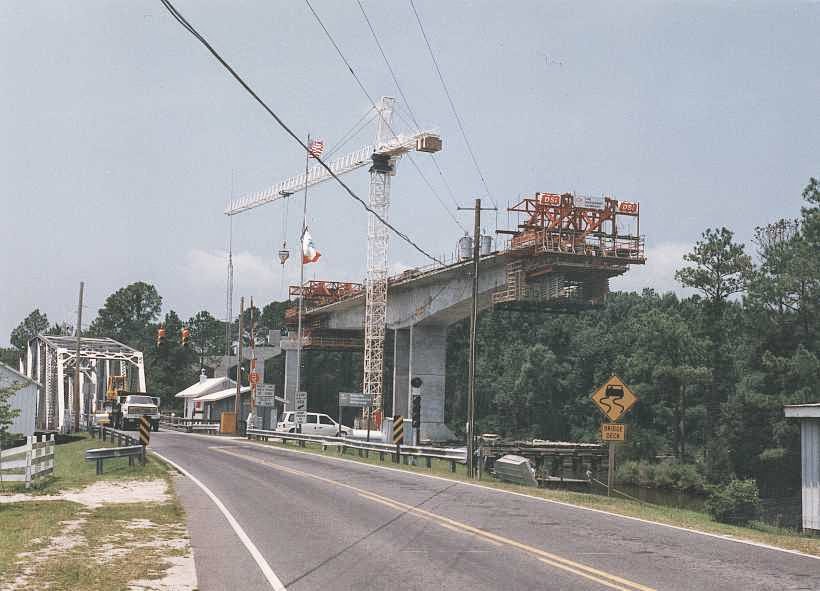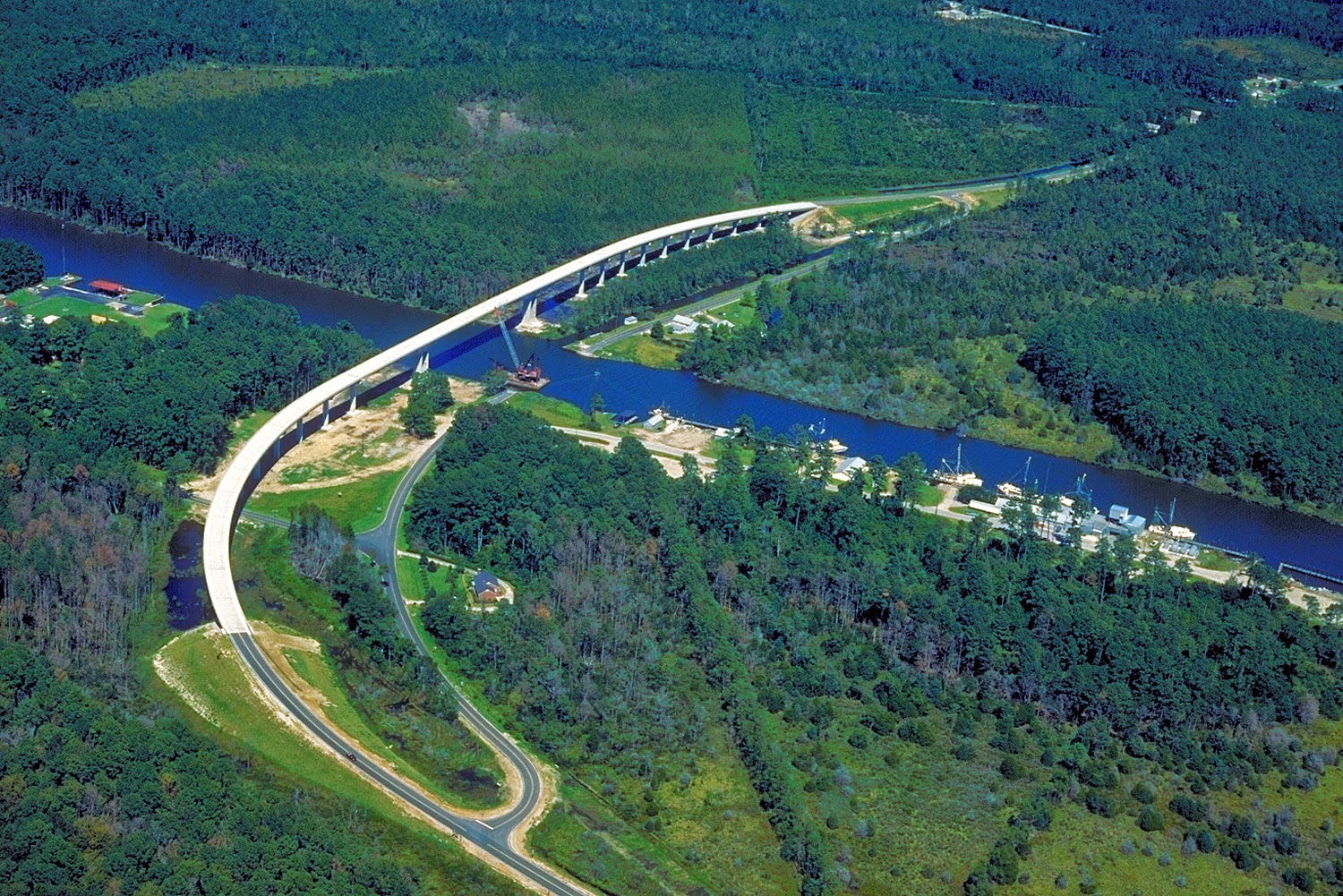- Miranda Hitti
- Contributing Writer
The Marietta firm designed the prize-worthy bridge for the Army Corps of Engineers. The assignment was challenging -- replace a decrepit 1920s bridge in Hobucken, N.C., without disrupting boat traffic on the Atlantic Intracoastal Waterway below.
The old horizontal swing-span bridge was "a hazard to navigation and a danger to vehicular traffic," according to John Heath, president of Heath & Lineback. "We had to come up with an economical design that could be built while boat traffic was maintained," he said.
The award-winning solution was to set the main piers completely out of the water on the banks of the Intracoastal Waterway. The resulting bridge has the longest span in North Carolina, according to the firm.
Heath & Lineback also planned to use another method to stay out of ships' way. The bridge would be built incrementally, meaning that no equipment would need to be positioned in the water. The balanced cantilever technique allowed the bridge to be built bit by bit out from each main pier. "You work your way out across the river," said Heath, which allowed for smooth sailing.
Besides making construction convenient for boaters, Heath said his firm's pier design also provides additional safety. Since the piers are not in the water, "ships would not be in danger of impacting the piers, and the piers didn't have to be designed for the potential of being hit by ships," he said.
Another unusual aspect of the Hobucken project was the speed at which it was completed -- some nine months ahead of schedule, Heath recalled. He said the construction schedule for the bridge allowed for three years of work, but the bridge was built in 27 months. The design process took six to nine months, Heath added.
He said the Army Corps' "partnering technique" saved a lot of time. Heath described the approach as an Army Corps practice of having the Corps, designer and contractor cooperate from the start. "The policy is to get us to really work together, rather than as adversaries, the old-fashioned way," Heath observed. "We had a good design, a good clear set of plans and a partnering policy. The combination allowed for fairly smooth construction" and an early finish. Heath's firm also did the construction inspection on the bridge.
Heath & Lineback's company philosophy is to do such problem-solving in the early phases of a job, Heath stated. "We apply a lot of thought up front to the way a project can be designed and will be built. We try to think out problems very early and go forward from that point, rather than deal with problems as we go," he said. "We have a methodical process up front."
Heath said his company is young, having started in 1994. Since then, it has grown "about 60 percent" in terms of staff size, contracts and revenues. The firm is currently experiencing "passive, controlled growth," Heath said. Revenues for 1997 were about $1 million, he estimated. The company currently has a staff of 15.
Heath describes his company's area of expertise as general transportation engineering, with a special focus on highways, bridges and railroad structures. He added that they have "begun a small entry into water and waste-management projects," such as pipelines and pump stations. Heath & Lineback is also currently a subcontractor to De Leuw-Cather in designing the new International Boulevard viaduct for the Georgia Department of Transportation. The viaduct will serve the new Atlanta Hawks stadium and the Georgia World Congress Center.
Heath said bridges typically last 50 to 60 years. The new Hobucken bridge should be around for a long time, in his view. "It was designed for durability of the structure. The choice of materials and the type of design should make it durable and long-lasting," he said.
His company's youth is one reason they are "really pleased" to be an award winner, Heath said.
"It was a really good project."
“New long-span bridge in N.C. proves seaworthy.” Atlanta Business Journal. March 2, 1998. Web. April 11, 2014.

